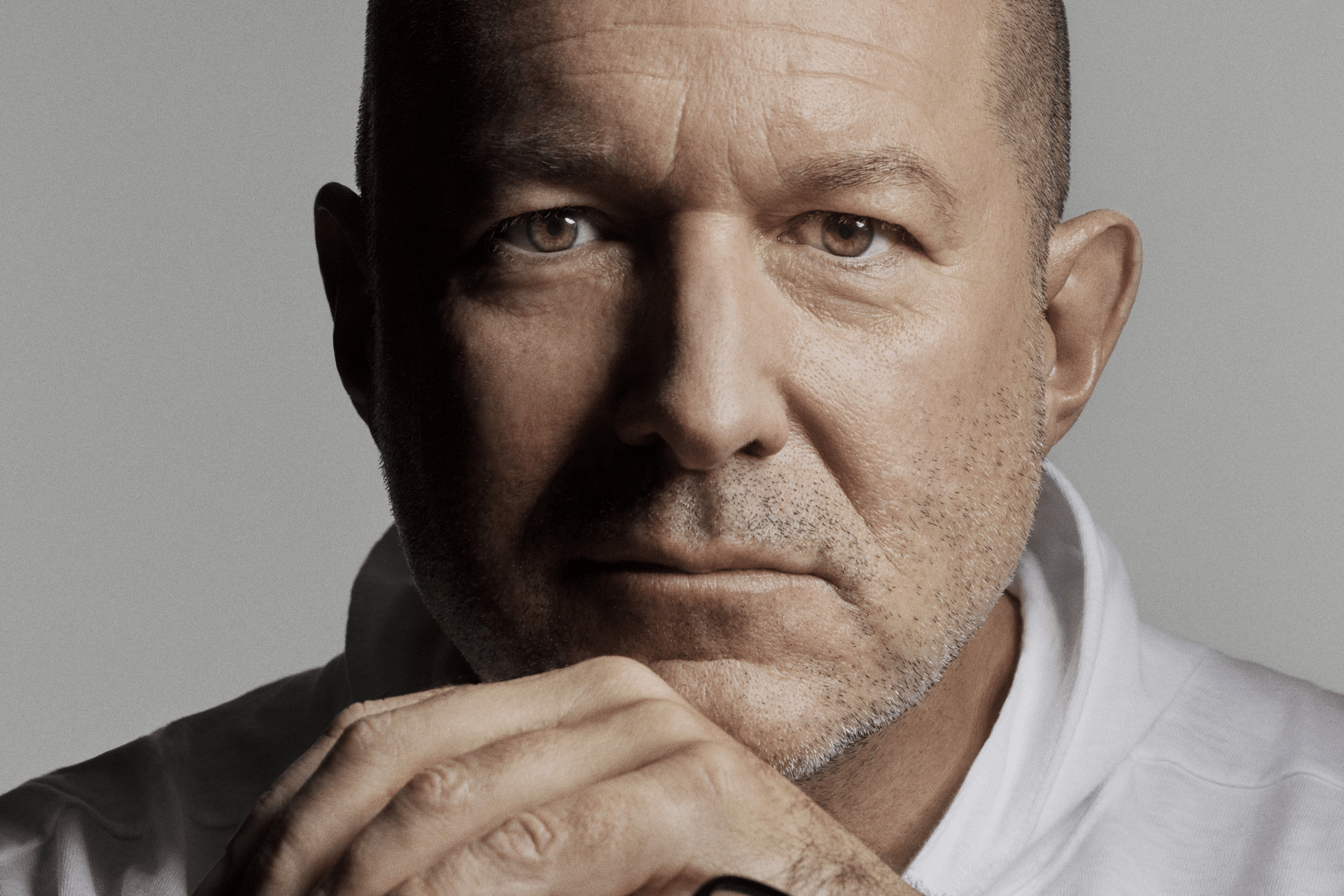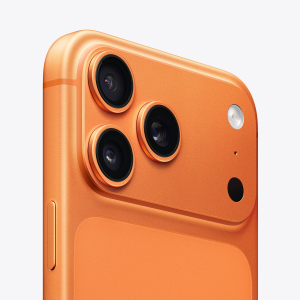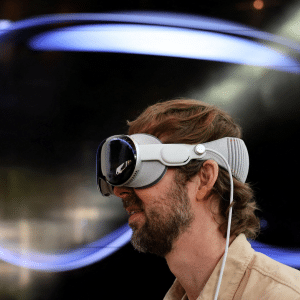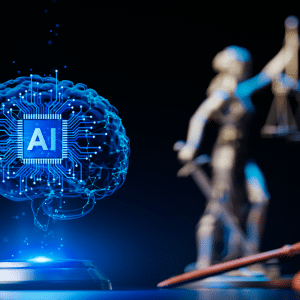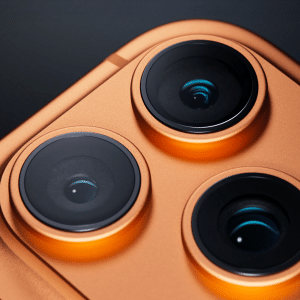OpenAI’s highly anticipated collaboration with legendary designer Jony Ive appears to be running into turbulence. Sources close to the project say the pair are still struggling to define what the mysterious OpenAI AI device is supposed to be — a sign that even with immense talent and resources, building a new category of AI hardware is proving far from straightforward.
A Vision Without a Shape
The partnership between OpenAI and Ive — first revealed in 2023 — was expected to yield a revolutionary piece of hardware: something that could make AI as personal and intuitive as the iPhone once made computing. However, more than a year later, insiders suggest the collaboration has not yet crystallized into a coherent concept.
One person familiar with the discussions described the current state of development as “philosophically exciting but practically undefined.” OpenAI, which dominates the software side of the AI revolution with ChatGPT and GPT-based systems, reportedly wants a physical form that embodies conversational intelligence. Ive’s team at LoveFrom, however, is focused on creating a product that feels human and tactile — an interface that invites trust rather than screens or keyboards.
Finding the balance between those visions appears to be the main challenge.
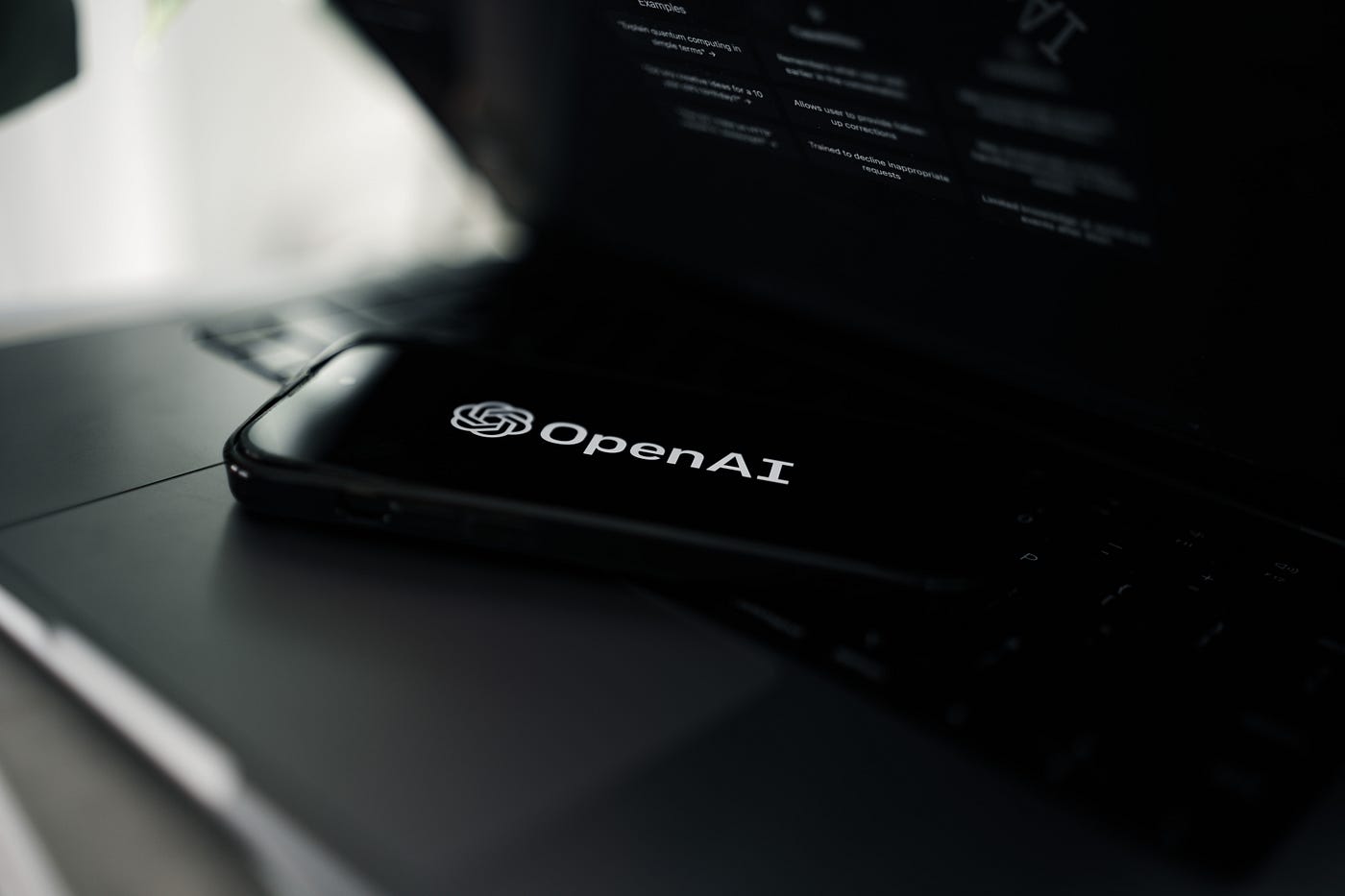
Too Many Questions, Not Enough Product
The central problem seems conceptual: what does an “AI device” actually look like? Is it a wearable assistant, a tabletop hub, or something ambient that fades into the background? According to the report, multiple prototypes have been explored, none aligning fully with both OpenAI’s software-first approach and Ive’s minimalist design ethos.
One prototype reportedly resembled a voice-driven personal hub, while another explored the idea of a wearable communicator — but both were scrapped after internal feedback questioned whether they offered meaningful improvements over existing products like smartphones or smart speakers.
Even the underlying use case remains unclear. OpenAI wants a device that makes generative AI feel more personal, but without becoming invasive or overly reliant on screens. Ive’s design philosophy, meanwhile, emphasizes emotional connection and restraint — two qualities difficult to translate into hardware for an algorithmic product.
OpenAI’s Hardware Ambitions
Despite the uncertainty, OpenAI’s commitment to physical products has not waned. The company’s CEO, Sam Altman, has spoken openly about the need for a more natural way to interact with artificial intelligence — something that goes beyond typing prompts into an app.
OpenAI’s work with Ive, supported by funding from SoftBank’s Masayoshi Son, is viewed internally as an attempt to reimagine how humans experience AI daily. But progress appears slow, partly due to the difficulty of merging design ideals with functional engineering. Sources also note that the team is wary of rushing into hardware — an area notorious for its high costs and long development cycles.
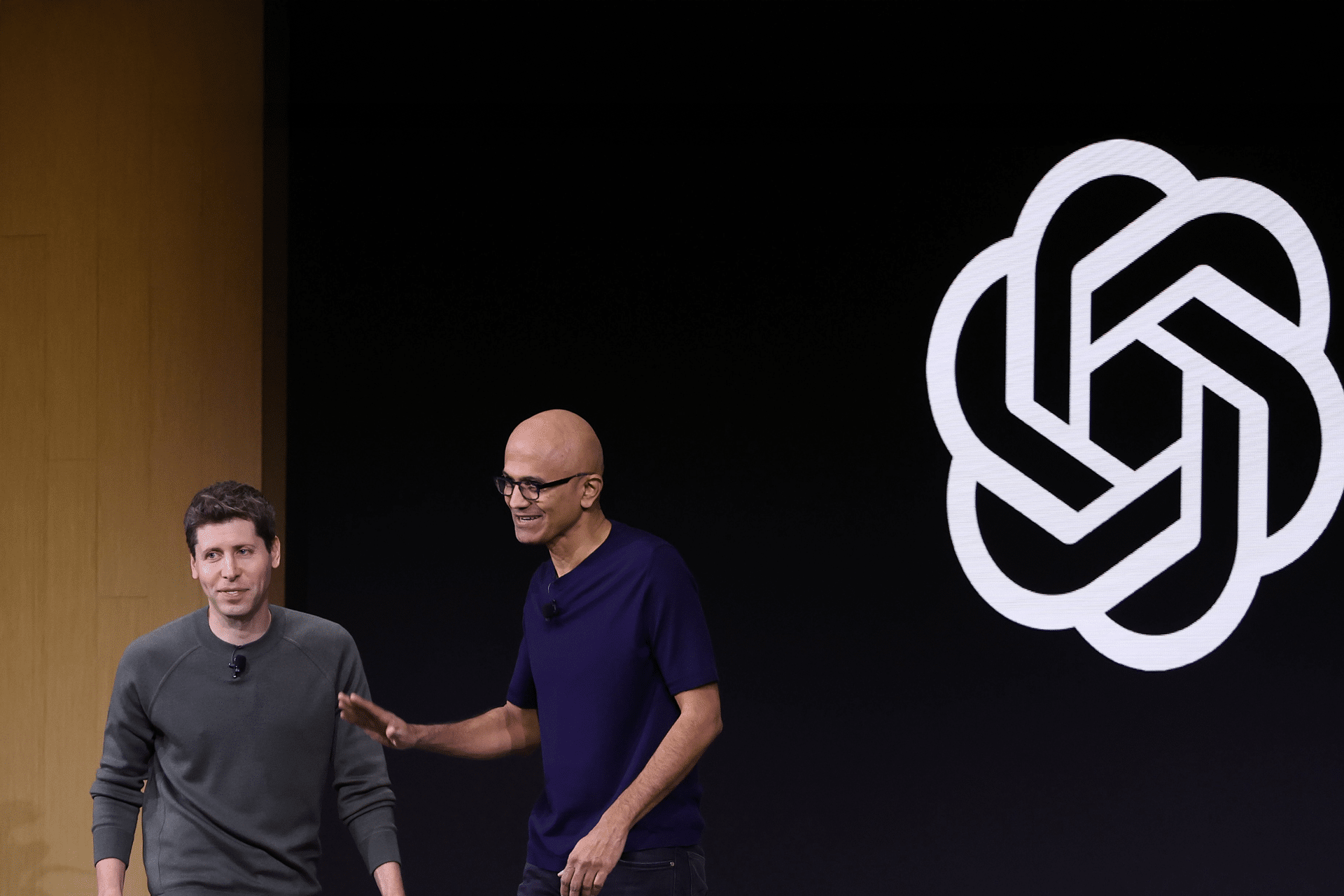
A Different Kind of Design Problem
The challenge goes deeper than aesthetics. Creating an AI-first device means solving issues of privacy, contextual awareness, and power consumption — all while ensuring the product feels accessible, not intimidating. In this sense, the project’s struggle is emblematic of the broader industry’s growing pains.
Every major tech company is grappling with how to bring generative AI into physical form. While Meta leans on glasses and voice interfaces, and Apple explores tighter integration through Siri and AirPods, OpenAI’s vision aims for something more radical — a dedicated device that centers conversation as the primary interface. That ambition, however, may also be what makes it so difficult to define.
Still Early, Still Secretive
For now, OpenAI and Ive remain publicly silent about the project’s details. No designs, names, or prototypes have been shared, and there is no target release window. Insiders insist the partnership remains active, though some describe its current phase as a “creative reset.”
If anything, the stalled momentum reveals how hard it is to reinvent human–computer interaction from scratch. As the rest of the tech world races to wrap AI into existing products, OpenAI and Ive appear to be aiming higher — but at the cost of clarity.
